Urban Photography Techniques: Crafting Stories in the City
Chosen theme: Urban Photography Techniques. Step into the streets with curiosity, intention, and a camera that sees beyond concrete. Learn to translate neon, motion, and human moments into images that feel alive. Join our community, share your experiments, and subscribe for weekly challenges tailored to city shooters.
Mastering Light in the Concrete Jungle
Harnessing Neon and LED Glow
Neon and LEDs paint faces with saturated color, perfect for mood-rich portraits. Set white balance manually to avoid unpredictable shifts, and expose for highlights. A drizzle adds reflections, doubling every billboard and deepening atmosphere instantly.
Golden Hour vs. Blue Hour in the City
Golden hour warms brick and skin tones, flattering portraits and architectural textures. Blue hour balances cool ambient light with warmer lamps, ideal for cinematic contrast. Arrive early, scout angles, and wait for buses to introduce dynamic foreground streaks.
Reflective Surfaces and Bounce Lighting
Glass facades, puddles, subway tiles, and metallic kiosks act as natural reflectors. Use them to fill shadows or craft symmetrical compositions. I once framed a portrait through a bus shelter, catching layered reflections that looked like planned double exposure.
Composing Dynamic Urban Frames
Subway rails, bike lanes, and zebra crossings can funnel attention straight to your subject. Kneel lower to exaggerate perspective and let converging lines suggest movement. Wait for a decisive stride to seal the story with intent.
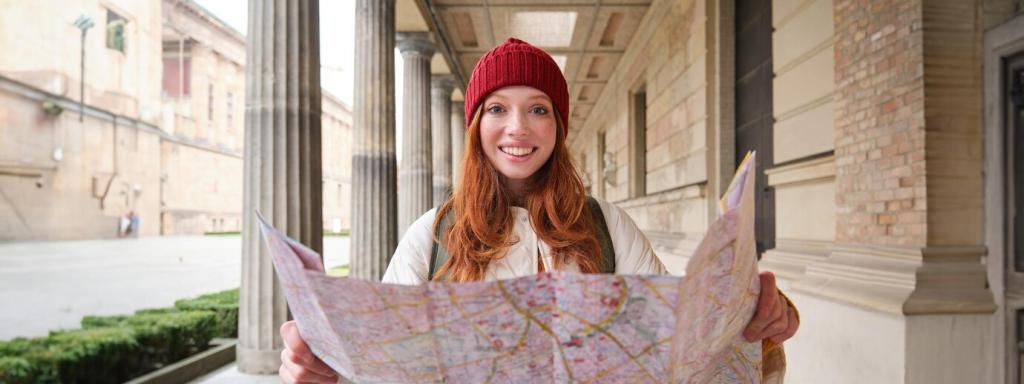
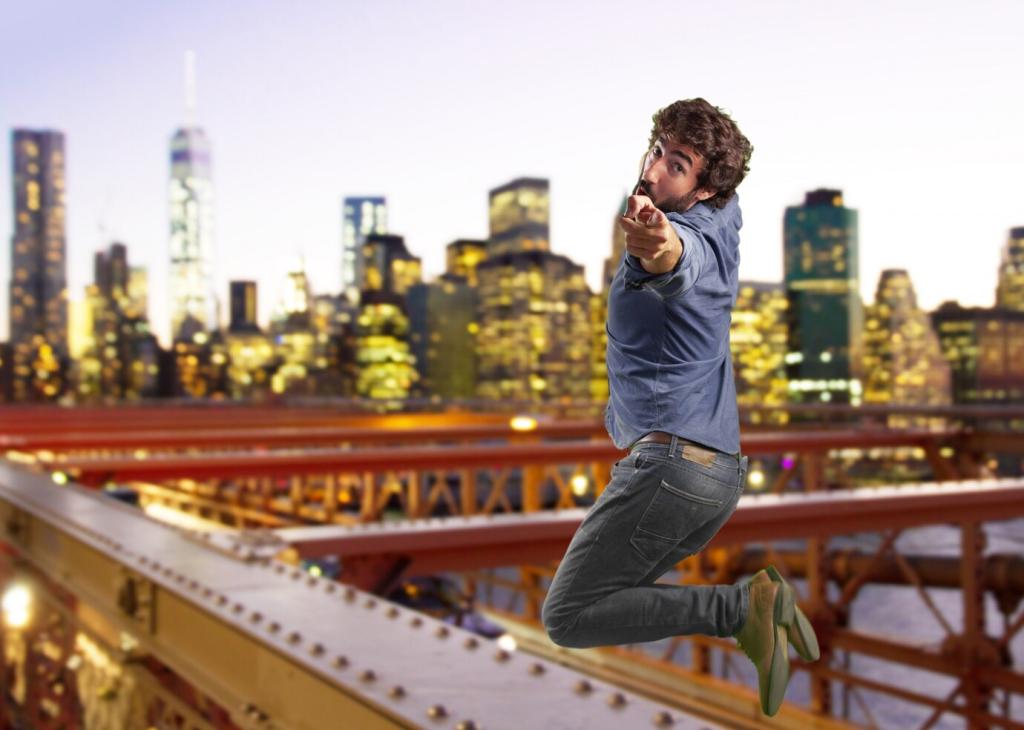
Shutter Speed for Motion: Freeze vs. Flow
Use 1/500s or faster to freeze cyclists and expressive gestures; drop to 1/10s–1/4s for creative blur. Brace against a wall, exhale slowly, and fire multiple frames to capture the perfect balance of clarity and motion.
Aperture Choices for Crowded Scenes
A wider aperture isolates subjects amid clutter, while f/5.6–f/8 preserves environmental context. Pre-focus to a distance you expect action, then let people walk into your zone. This anticipatory method improves consistency on fast-moving streets.
ISO Strategy Under Mixed Lighting
Mixed light demands agility. Embrace a higher ISO rather than risking blur—modern sensors handle noise well. Shoot RAW, expose to protect highlights, and plan for thoughtful noise reduction and color correction during editing.
Street Stories: Ethics, People, and Permission
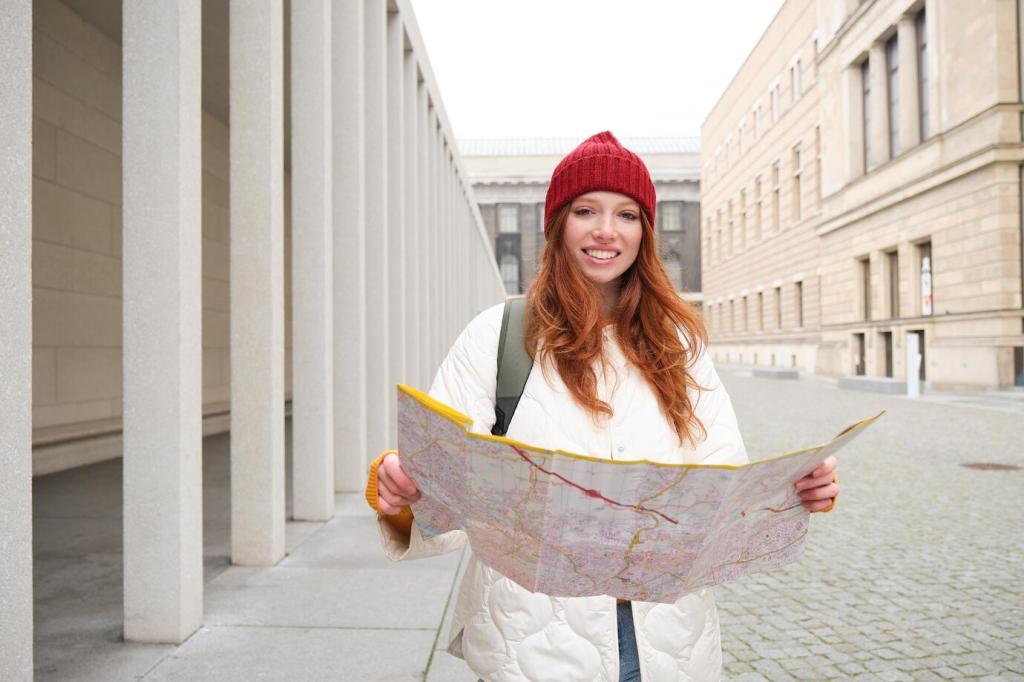
Introduce yourself, explain your project, and show previous work when possible. A simple compliment opens conversations. In Tokyo, a courteous bow and shared preview turned hesitation into collaboration, resulting in portraits we both cherished.
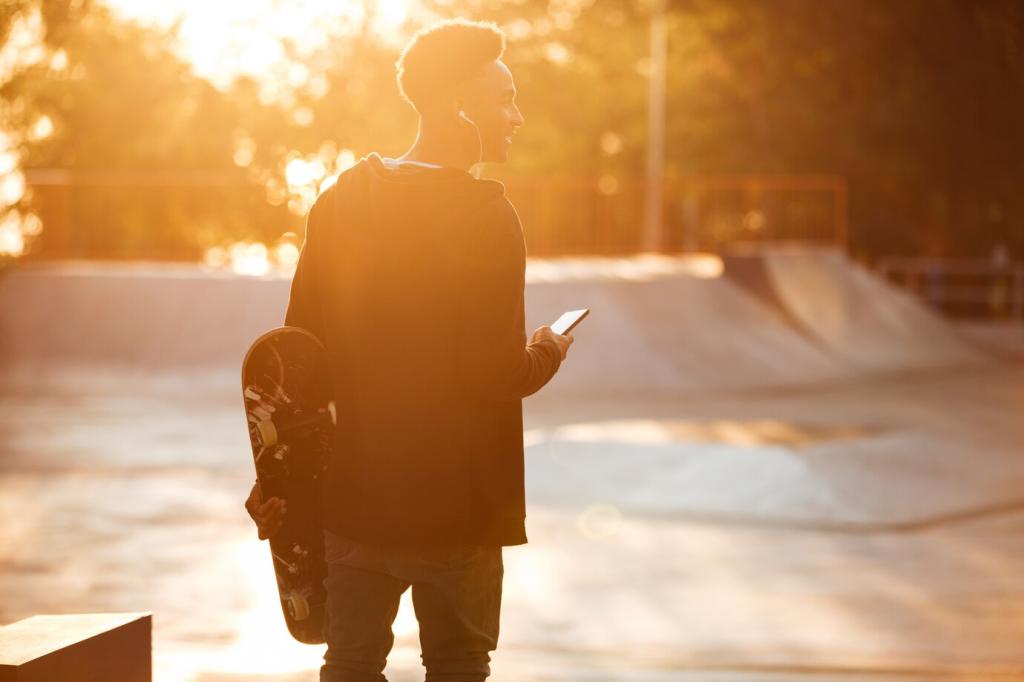

Color, Monochrome, and Mood
Seek complementary or analogous palettes hidden in signage, clothing, and vehicles. A red umbrella against teal tiles becomes magnetic. Slightly underexpose to preserve saturation, then gently lift shadows to keep hues rich without plastic oversaturation.
Color, Monochrome, and Mood
Monochrome distills texture—peeling posters, wet asphalt, steam vents—into graphic poetry. Convert using thoughtful contrast curves, not just desaturation. I once transformed a cluttered night scene into a moody study of steam and silhouettes.
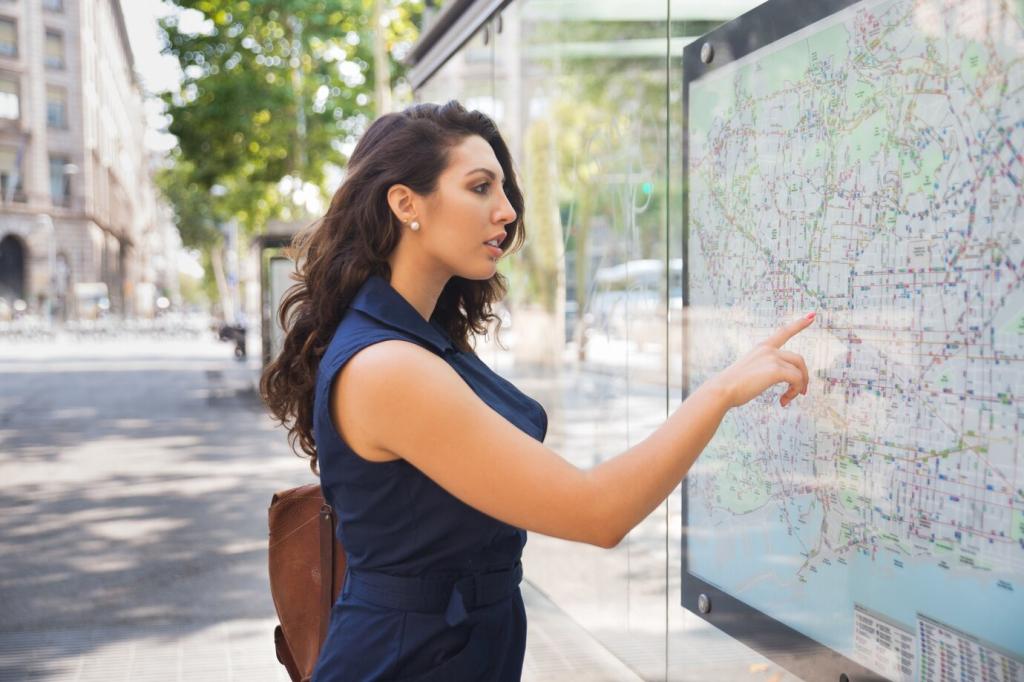
Panning Pedestrians and Cyclists
Set around 1/20s–1/40s, track smoothly, and fire in short bursts as your subject aligns with a clean background. Practice daily. The first sharp face with silky motion blur feels like magic earned.

Light Trails and Long Exposures
Use a small tripod or stable surface, stop down to f/8–f/11, and let traffic paint lines. Stack exposures for complexity. A rainy night multiplies reflections, creating layered ribbons of color and movement.
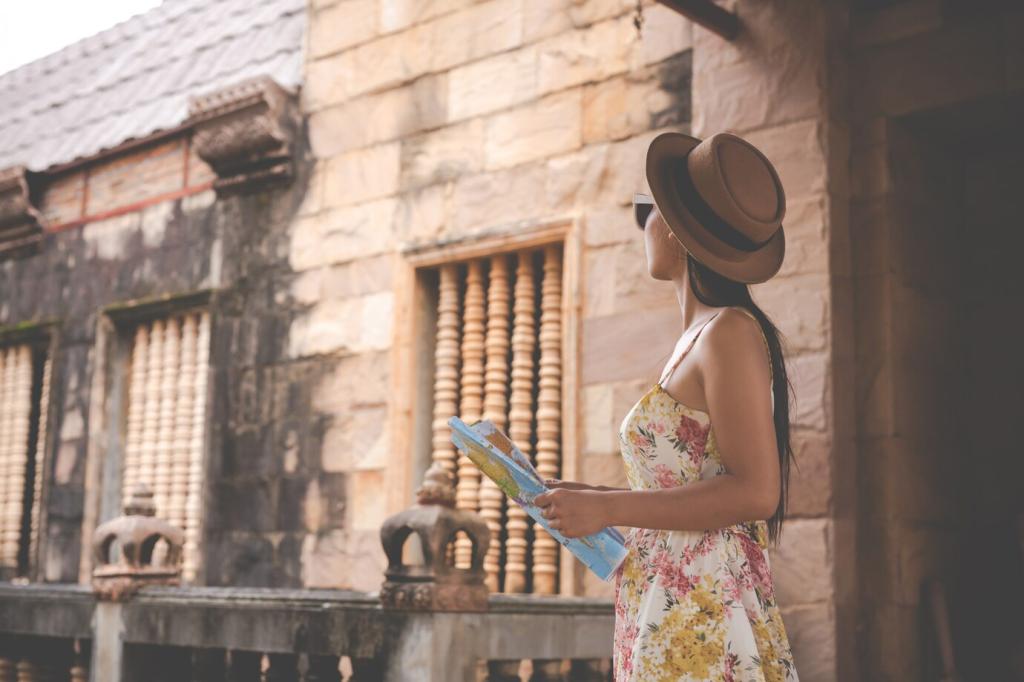
Handheld Night Shots Without a Tripod
Stabilize with doorframes, lean your shoulder, and shoot in burst mode. Combine higher ISO with exposure compensation to protect highlights. Edit deliberately to manage noise while preserving the gritty sparkle of urban nightlife.
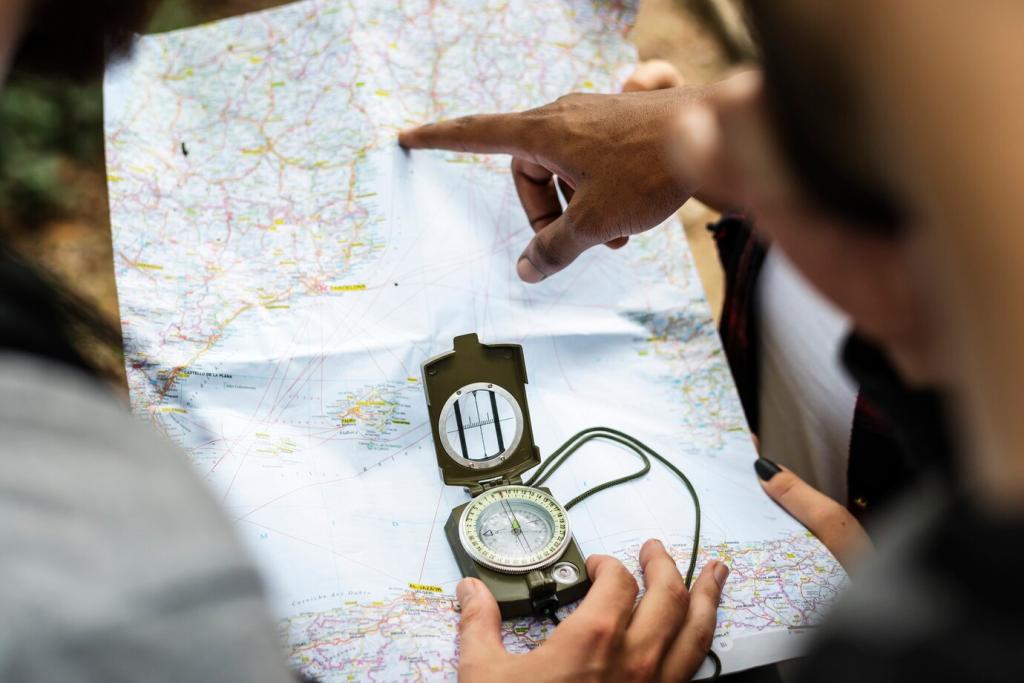
Editing Workflow for Urban Images
Enable lens profiles to tame distortion, then use vertical transform sparingly to keep buildings believable. Embrace slight keystoning for drama when appropriate; perfect lines can sometimes sterilize the city’s real character.
Editing Workflow for Urban Images
Leverage HSL to calm overpowering signs and protect skin tones. Use luminance to separate subjects from backgrounds subtly. A gentle teal in shadows with warm highlights nods to cinema without sacrificing documentary credibility.
Join our mailing list
